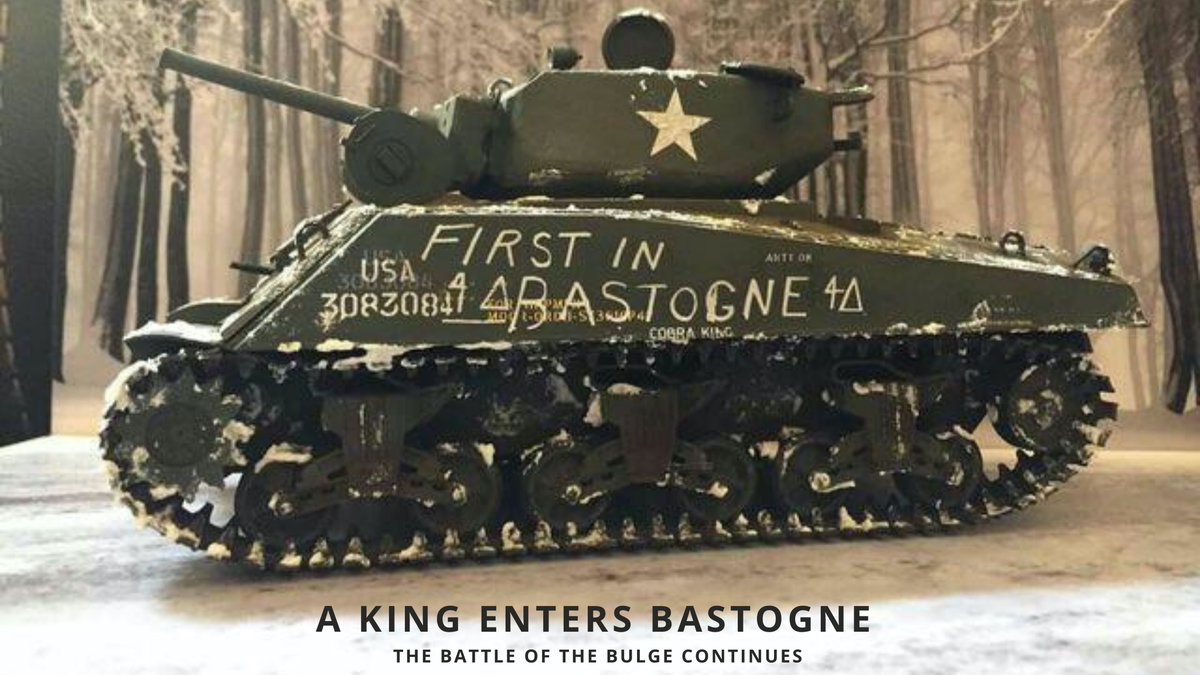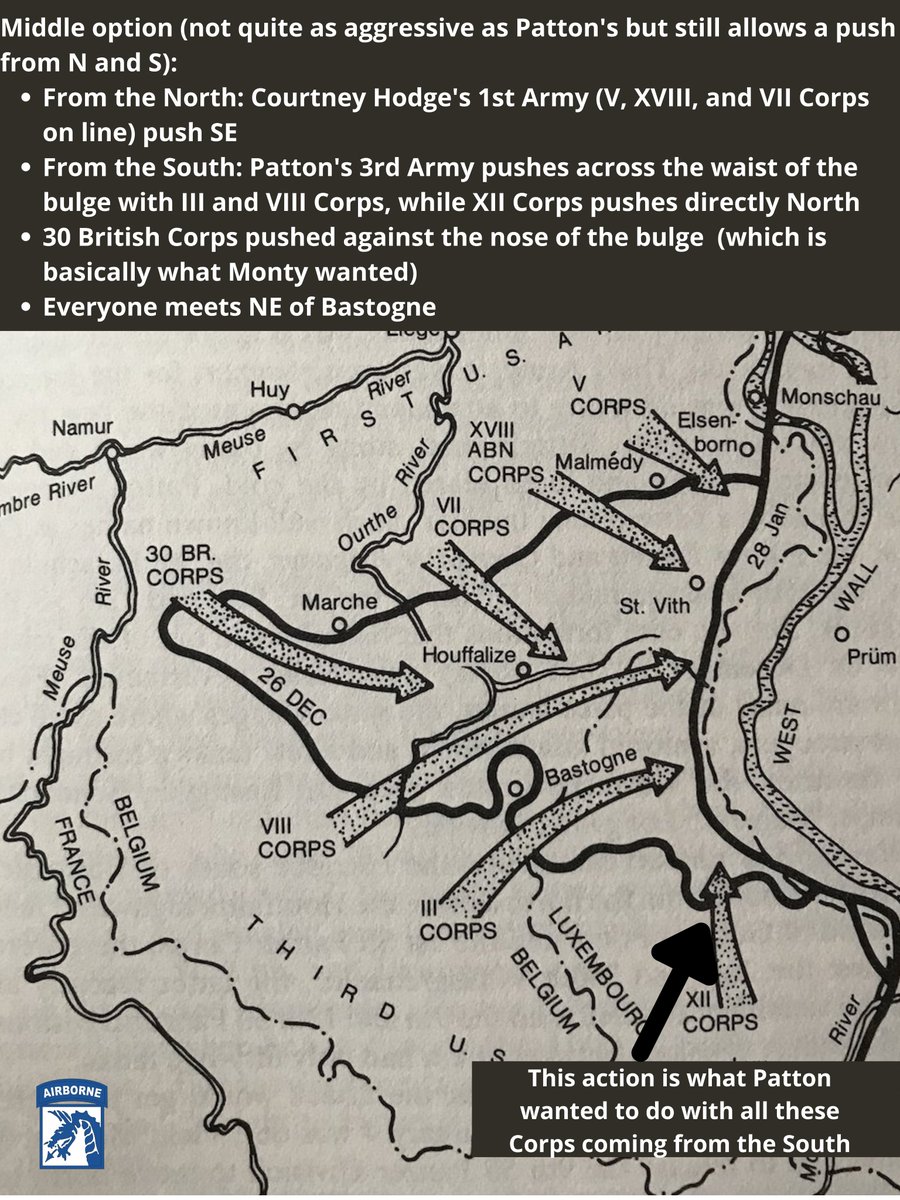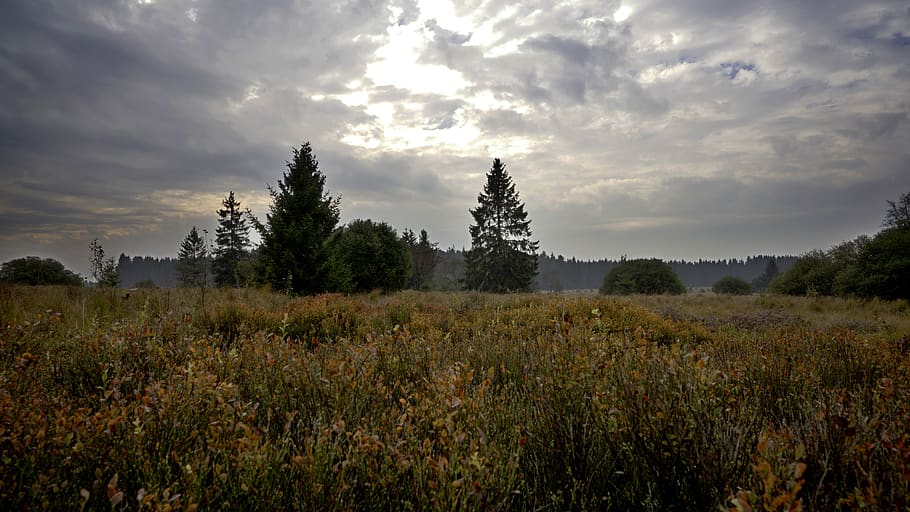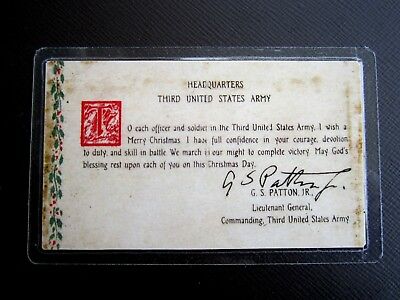
[2 of 12]
Benedict Arnold's thrust at Saratoga.
The defeat of Pickett's Charge.
The first 48 hours of the American Meuse-Argonne offensive in WWI
Benedict Arnold's thrust at Saratoga.
The defeat of Pickett's Charge.
The first 48 hours of the American Meuse-Argonne offensive in WWI
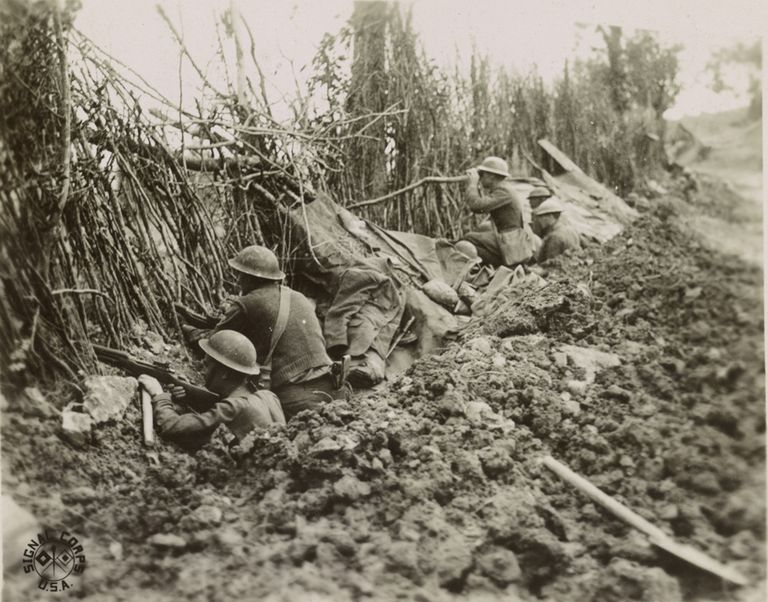
[3 of 12]
The Great Moments in battle can serve as characters unto themselves, role players shifting the ground beneath a tragedy.
The Great Moments in battle can serve as characters unto themselves, role players shifting the ground beneath a tragedy.
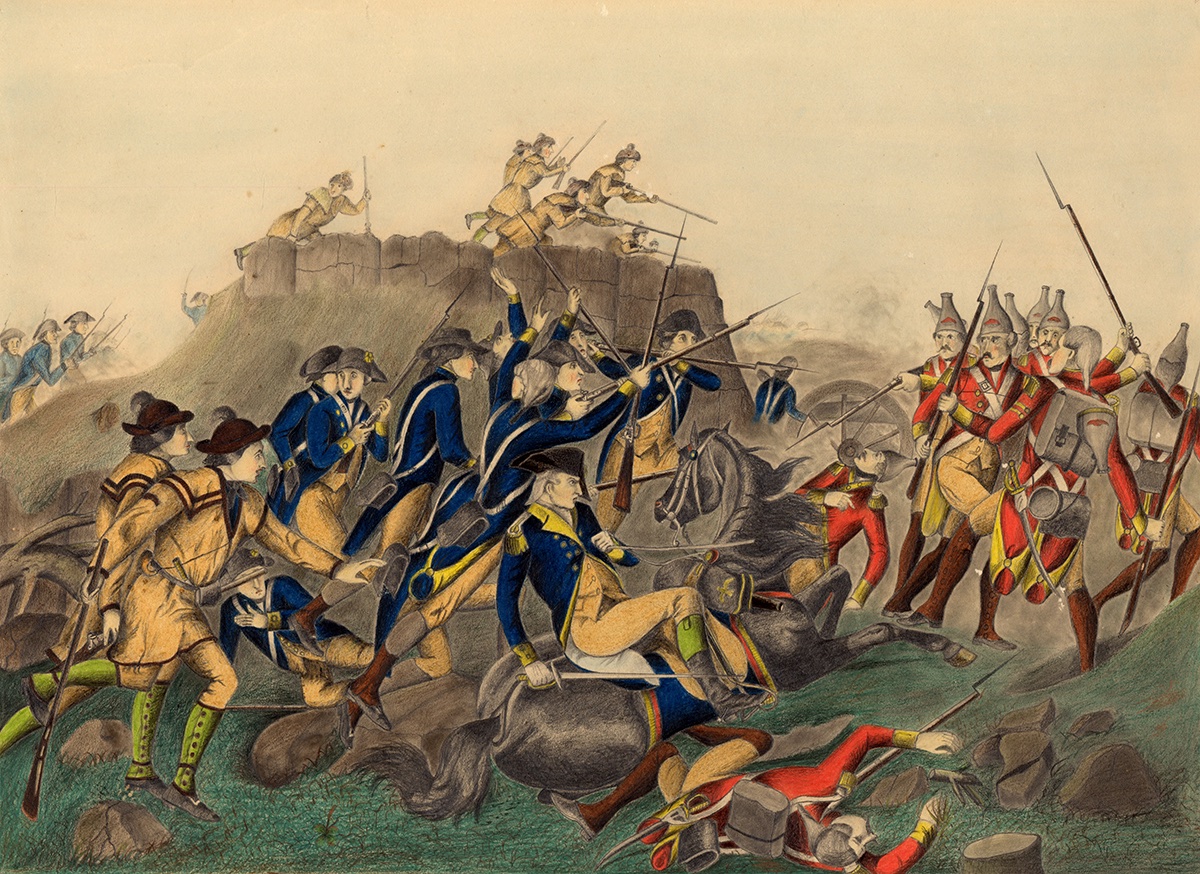
[4 of 12]
December 26, 1944 began one such moment. This was the day the Allies gained the advantage of momentum in the Battle of the Bulge.
They would not give it up.
December 26, 1944 began one such moment. This was the day the Allies gained the advantage of momentum in the Battle of the Bulge.
They would not give it up.
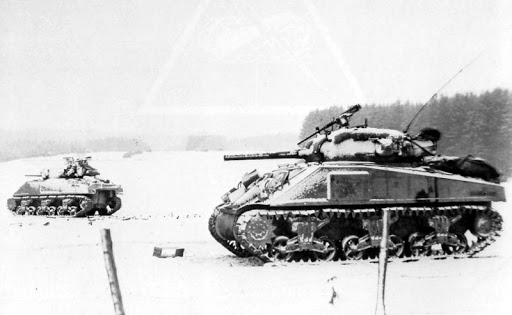
[5 of 12]
After a moving 150 miles in rough terrain from Arlon, Belgium, Lieutenant Colonel Creighton Abrams' 37th Tank Battalion arrives outside Bastogne to relieve the 101st Airborne Division.
After a moving 150 miles in rough terrain from Arlon, Belgium, Lieutenant Colonel Creighton Abrams' 37th Tank Battalion arrives outside Bastogne to relieve the 101st Airborne Division.
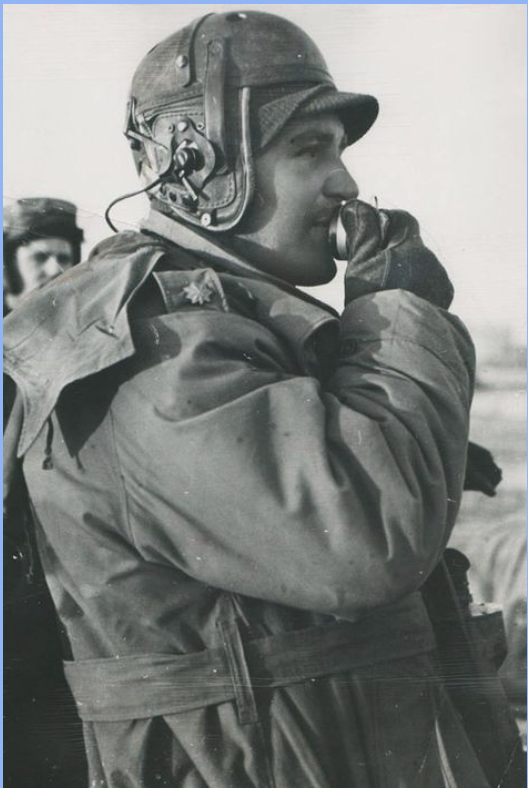
[6 of 12]
Due to cratered roads, ice, limited visibility, and enemy artillery, the 37th made slow progress getting into position over the previous five days.
Due to cratered roads, ice, limited visibility, and enemy artillery, the 37th made slow progress getting into position over the previous five days.
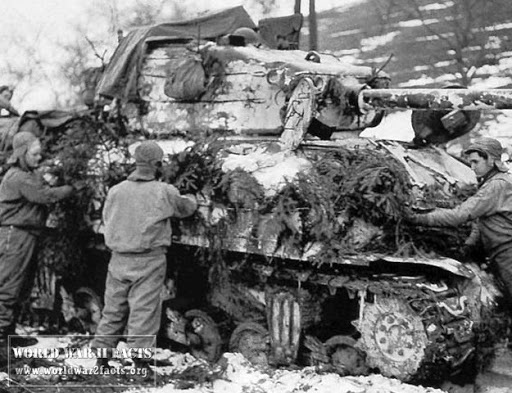
[7 of 12]
But now they were approaching Bastogne.
Abrams' tankers were ready for a head-to-head fight with the Panzer forces. Abrams was to relieve the 101st but had made slow progress getting his tanks there over the previous 5 days (ice, enemy fire, bad roads).
But now they were approaching Bastogne.
Abrams' tankers were ready for a head-to-head fight with the Panzer forces. Abrams was to relieve the 101st but had made slow progress getting his tanks there over the previous 5 days (ice, enemy fire, bad roads).
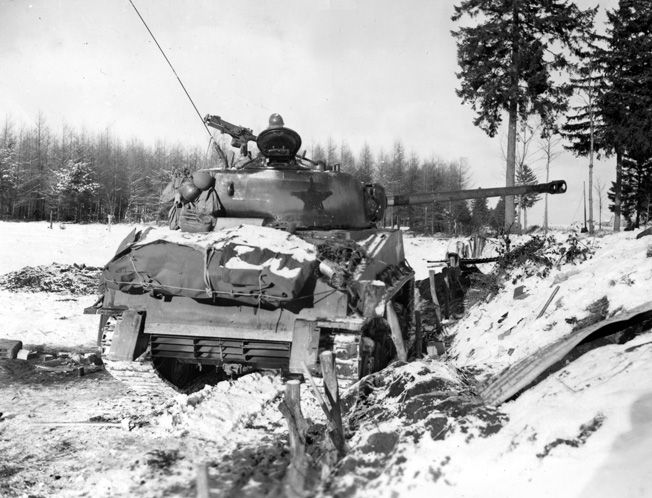
[8 of 12]
Today, Cobra King, a Sherman tank manned by the battalion's Company C, became legendary.
The tank, forever known as "The First in Bastogne," led a column of infantry and armor into the city.
Today, Cobra King, a Sherman tank manned by the battalion's Company C, became legendary.
The tank, forever known as "The First in Bastogne," led a column of infantry and armor into the city.
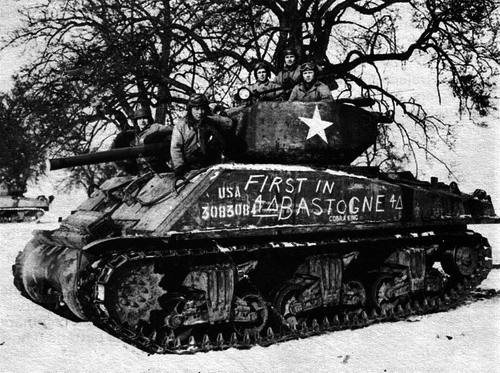
[9 of 12]
The menacing sobriquet "Cobra King" is consistent with the tank corps tradition of naming vehicles with the first letter of their companies' designation.
[Company C = Cobra King]
The menacing sobriquet "Cobra King" is consistent with the tank corps tradition of naming vehicles with the first letter of their companies' designation.
[Company C = Cobra King]
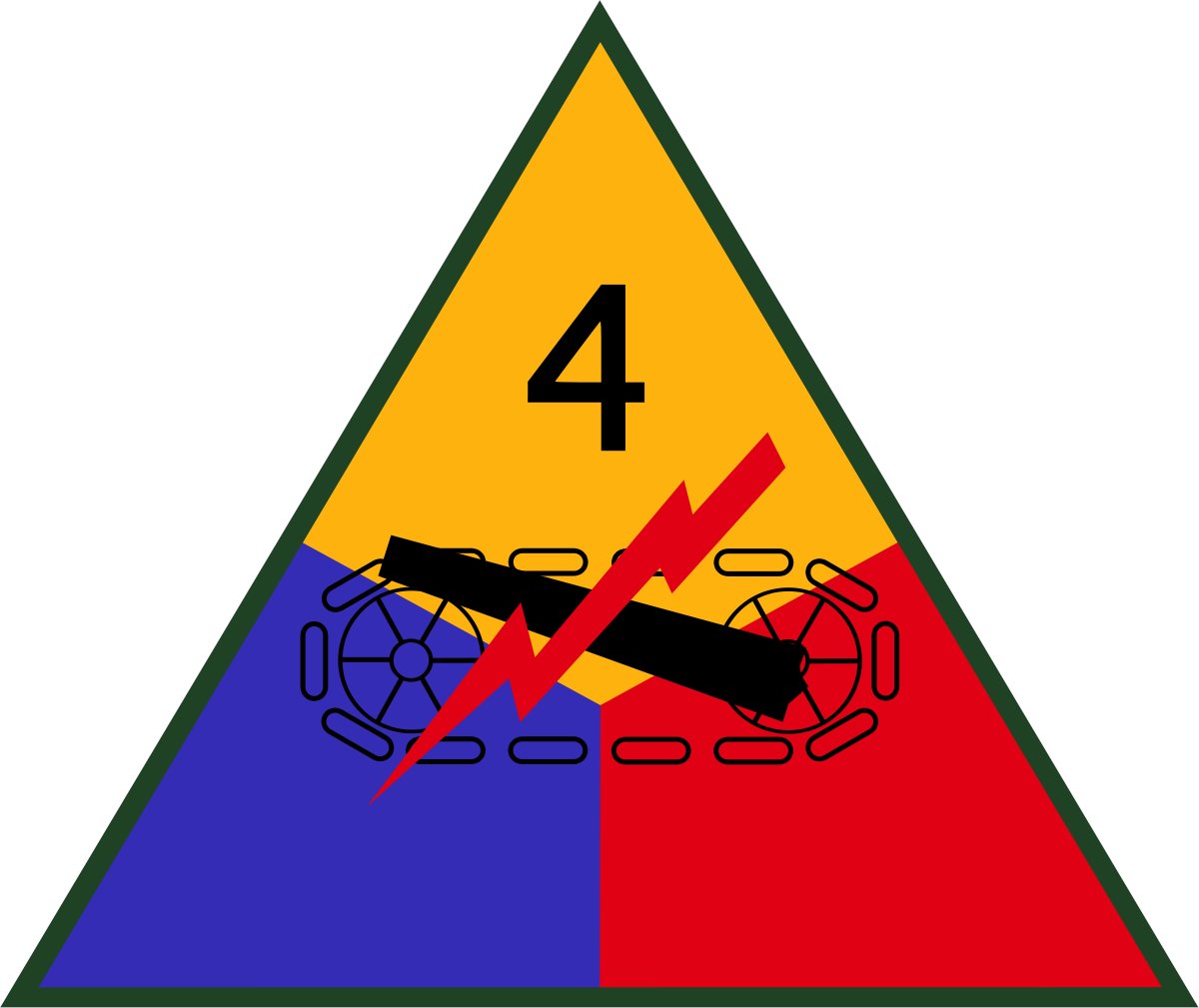
[10 of 12]
By the end of this day, Bastogne was back in American hands, the Germans were reeling.
Hitler realizes that his original objective for the Ardennes counteroffensive, the seizure of the port of Antwerp, is now unattainable.
By the end of this day, Bastogne was back in American hands, the Germans were reeling.
Hitler realizes that his original objective for the Ardennes counteroffensive, the seizure of the port of Antwerp, is now unattainable.
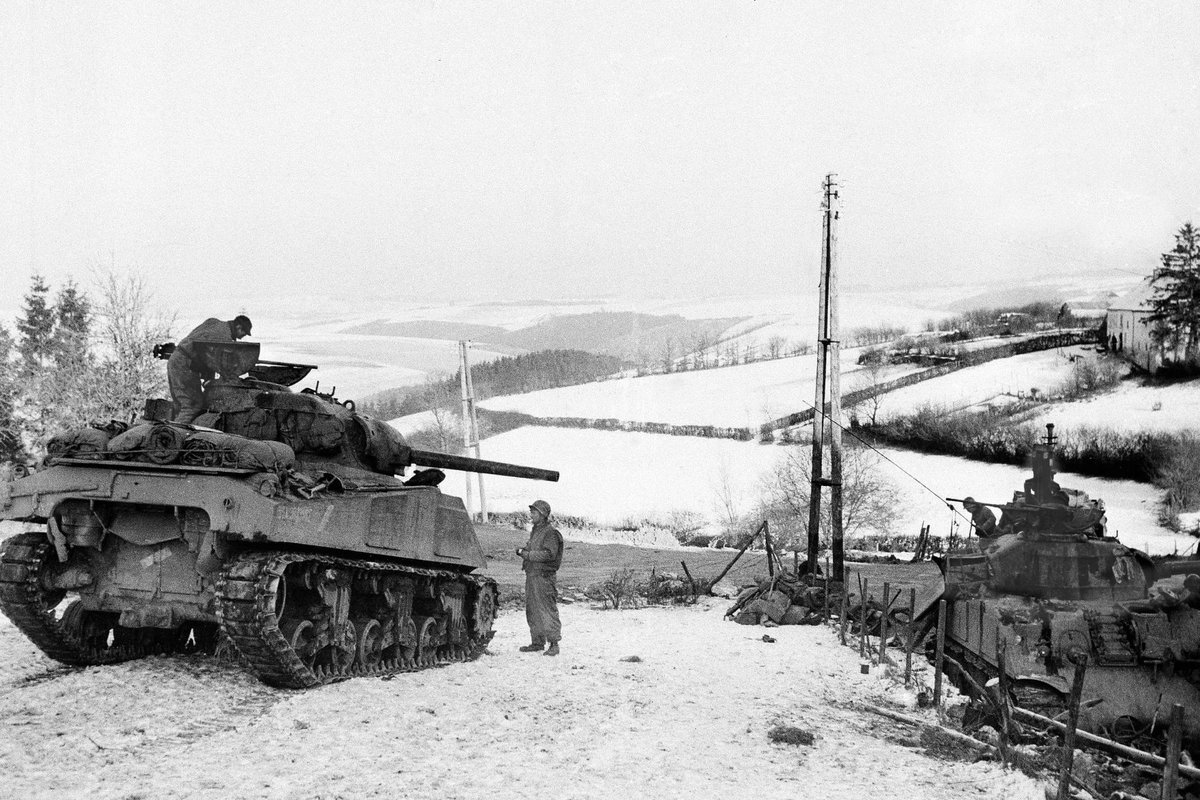
[11 of 12]
More importantly, the Allies began development of a plan to aggressively cut off the bulge with Ridgway from the North and Patton from the South and perhaps drive a final stake in the heart of the German force.
More importantly, the Allies began development of a plan to aggressively cut off the bulge with Ridgway from the North and Patton from the South and perhaps drive a final stake in the heart of the German force.
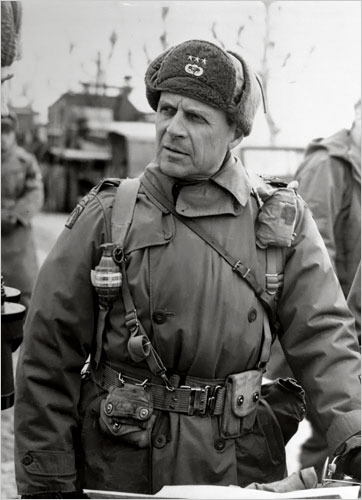
[END]
We'll describe that plan right here at 2PM Eastern today.
We'll describe that plan right here at 2PM Eastern today.
• • •
Missing some Tweet in this thread? You can try to
force a refresh
